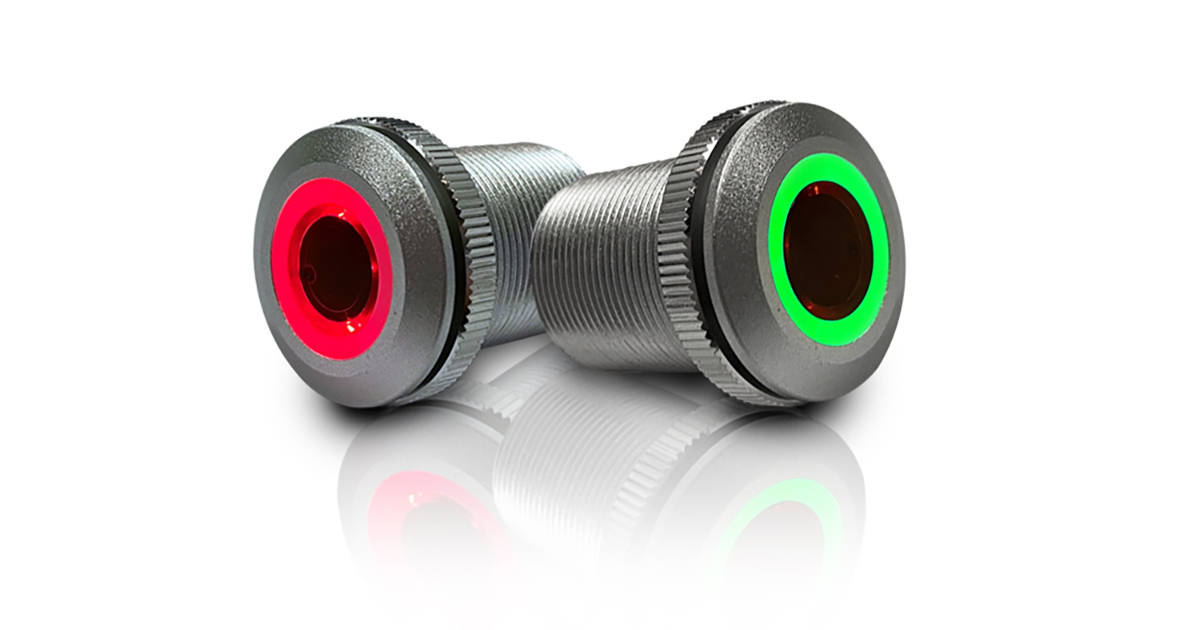Reducing the Spread of Diseases
The Covid-19 pandemic has transformed public awareness of the importance of hygiene. Mild concern about the spread of minor illnesses such as colds and stomach upsets has been replaced with the realization that serious diseases such as diarrhoea, norovirus and respiratory infections are easily transmitted by touching contaminated surfaces.
Indeed, it is estimated that 80% of infectious illness is spread through physical contact with contaminated surfaces. Millions of germs and viruses can thrive on our hands at a time, so any action to reduce cross-contamination will have a significant benefit for public health.
Eliminating the need to physically touch switches, buttons and controls of all kinds can clearly play a major part in improved hygiene. This is particularly true in applications involving frequent use by a number of different people, for example in lifts and elevators, for triggering toilet flushes, for opening and closing doors, for controlling interior lighting, and on vending machines.
Changing to contactless switches is naturally a high priority in locations used by vulnerable people, such as hospitals and clinics, and nursing and care facilities. They are also in demand for use in laboratories, public restrooms, and of course anywhere that food is handled or prepared.
Using modern contactless switch technology provides not only a general public health benefit, but also minimizes the risk of customer or patient illness and complaints, and can directly reduce staff absence due to being unwell.

Simple to Fit, Simple to Use
Well-designed contactless switches can be used as like-for-like replacements for traditional push-button models, and require no special training or tools to install. They are true fit-and-forget components and draw minimal electrical power.
There are several types of contactless switches, each using a different technology to detect when a user wishes to activate them. The most flexible type have infrared (IR) sensors, using an invisible beam of light to detect when an object is placed in front of the switch.
Good quality IR-based contactless switches can detect and react to an object of almost any material, color and surface finish so that users can activate them even when wearing heavy gloves. This also makes them much easier to use by people with impaired mobility, or when the user has both hands full.
An important aspect of any proximity switch is that it provides feedback so the user knows intuitively when the switch has been activated. In traditional push-buttons, this feedback is tactile, which obviously isn’t possible for contactless switches, but most will provide clear visual feedback by changing their illuminated color to indicate a change in state.
Rugged and Reliable
Contactless switches are intrinsically more reliable than mechanical switches due to having fewer moving parts. And, with no moving parts at all on the exterior of the switch, they can more easily be made fully waterproof, and are not prone to leaking over time when internal seals wear away with use.
In the same way, a contactless switch made from good quality materials, for example with a metal casing instead of plastic, will be a very rugged item that needs no maintenance to provide long-term, fault-free operation.
Lascar Electronics manufactures a range of high-quality contactless switches, offering momentary and latching, and normally open and normally closed models. Switches can also be configured to meet specific requirements, for example with a customized detection range.
Please contact your local Lascar sales office for details.



